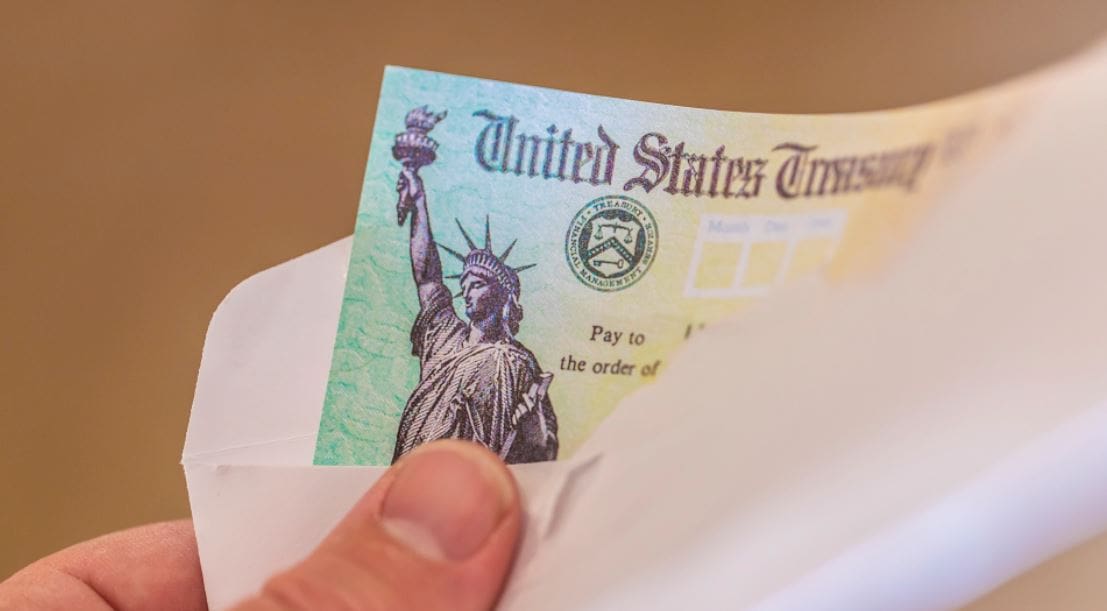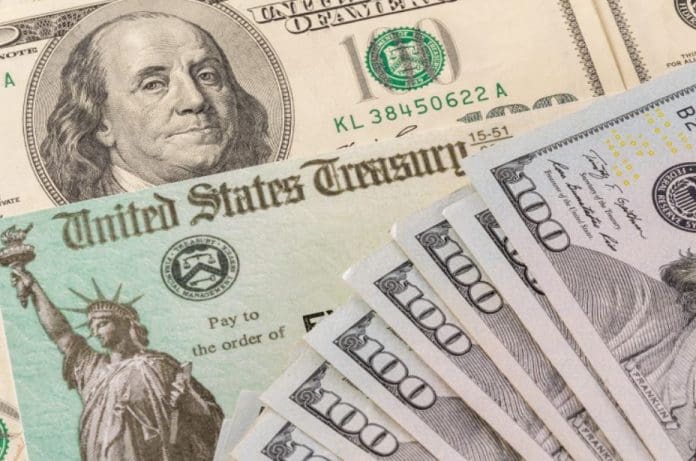The economic landscape of America continues to be skewered at both the federal and state levels in the wake of the pandemic. Millions of families were plagued by poverty and saw their earnings drop totally while those who had saved saw it wiped out in a month. The federal government stepped in at crucial moments with an array of stimulus checks and other financial measures at various levels.
This helped America stay afloat during the crucial months of the pandemic and during the recession that followed inevitably. The US government went against established political and economic principles to provide such widespread welfare support through the pandemic was a special instance with no precedence except for the World Wars. An overwhelming majority of Americans, close to two-thirds, support the idea of a new stimulus check to combat sky-high inflation and these states are stepping up to offer relief. But the political spectrum remains divided on its efficacy.
This political division in Washington led to the federal stimulus checks ending in 2021. Even the expanded Child Tax Credit stimulus check that was planned to continue through 2025 ended as the monthly stimulus checks stopped after December 2021.
The end of federal stimulus checks coincided with the rise in inflation that reached unmanageable levels. It severely affected low and moderate-income families as they no longer had the support of the federal stimulus checks.
Close to half of the states stepped in and used funds from their budget surplus funds and funds from the American Rescue Plan Act that were allocated to states to counter the post-pandemic economic slump.
The amount given by the states were one-off payments and could not match the largesse of the federal payments. But there was a great source of sustenance for residents as it countered the all-around rise in prices that affected the price of both products and services across the spectrum.
State Stimulus Checks Continue Into The New Year
Many states targeted their payments to coincide with the festive season and the payments are expected to continue through January 2023. The vast majority of the Middle-Class Tax Refund debit cards of up to $1,050 are expected to be issued by mid-January, according to the Californian Franchise Tax Board. The FTB had previously let on that it expected about 90% of the direct payments to be issued in October, and 95% of all tax rebate stimulus checks payments through direct deposits and debit cards by the end of the year.

But Franchise Tax Board representatives say the payments are expected to cross the January 14 deadline that is listed on the Middle-Class Tax Rebate website. It is a large program and as with the Golden State Stimulus Check I and II, the set timeframes reflect the period when the vast majority of the payments are expected to be sent out.
A spokesperson of the Franchise Tax Bard revealed that the debit cards issued beyond January 14 would be a reflection of uncommon scenarios that include a change in address by beneficiaries after they filed their 2020 income tax returns. There are also tax returns that require further reviews before payments can be issued against them.
By the last week of December before the Christmas holidays, over 29 million taxpayers in the Golden State and their dependents benefitted from the Middle-Class Tax Rebate, the FTB revealed. The state issued over 7 million direct bank deposits and 8.3 million pre-loaded debit cards that are worth over $8.3 billion.
The inflation relief payments were promised earlier this year to help residents cope with the rise in gasoline prices and cost of living. Gasoline prices in California continue to remain the highest in America and crossed the $8 a gallon mark at one stage. It has consistently stayed at a price that is almost double the national average due to several factors including stringent pollution requirements that force companies to produce cleaner fuel.
As of December 23 over 29 million California residents have benefitted from the payments say the Franchise Tax Board and residents who have filed their state income tax returns for 2020 by October 15, 2021, and have met certain other income limits will get the payments.
Eligible residents must also not have been claimed as a dependent for the 2020 California income tax year and should have been a resident of the Golden State for at least six months of the tax year 2020.
Residents who applied for an individual taxpayer identification number (ITIN) but did not receive it by October 15, 2021, the cutoff date for submitting state income tax and claiming the tax rebate had until February 15, 2022, to file their returns and claim the MCTR.
The Colorado stimulus checks were also sent out in the final months of 2022 and most payments were issued by September 2022. Residents who filed a state income tax return for 2021 or applied for a PTC rebate by June 2022 were eligible for the payments that are among the most generous of state stimulus checks.


Idaho residents got two stimulus checks in 2022. The initial payment was the greater of $75 for each household or 12% of the total tax liability before credits, payments, other taxes, and donations on their 2020 income tax returns.
The second stimulus check is greater than $600 for married couples who file a joint income tax return, or $300 for all other filers, or 10% of the total tax liability before credits, donations, payments, and other taxes.
Full-time residents who filed their 2020 and 2021 income tax returns by the end of 2022 qualify for the payments. Residents who submitted a grocery credit refund form are also eligible for the payments.
Most of the initial payments have been sent out to residents but plenty of Idaho residents continue to wait for the second round of payments. The state administration is sending out this round of payments according to the date of the 2021 tax returns by the recipient. The payments will be processed through 2022 and have spilled over into 2023 as residents file the necessary income tax return.






